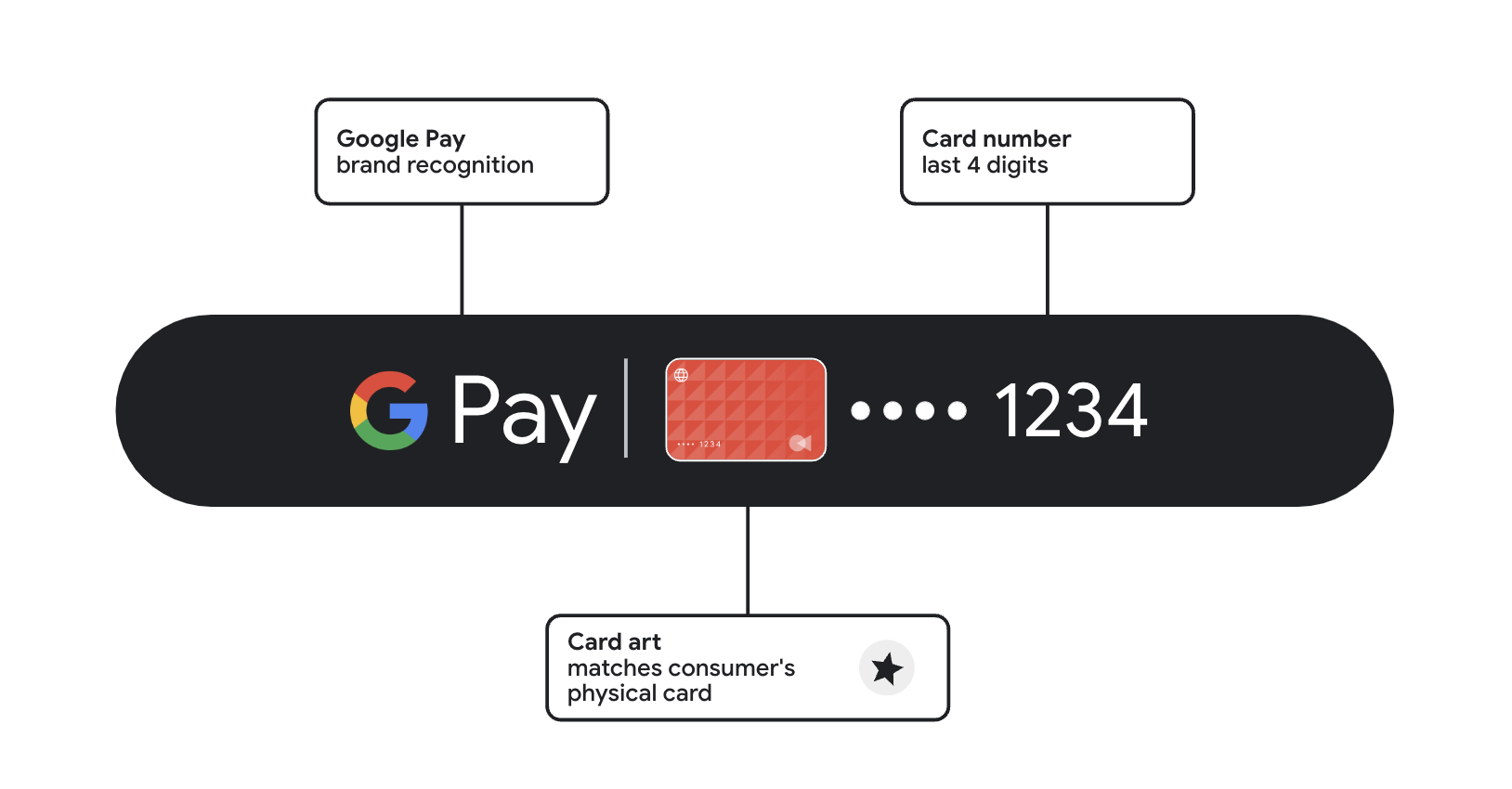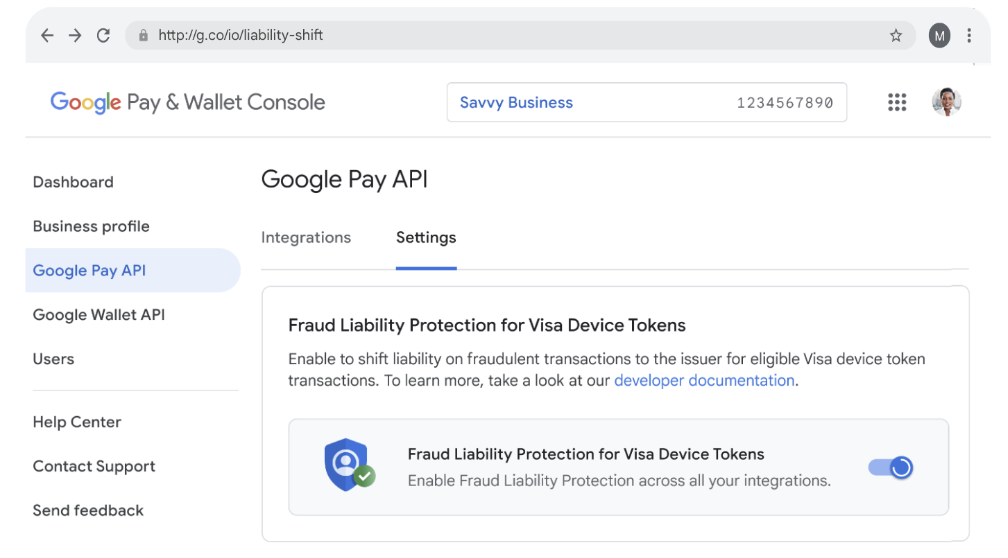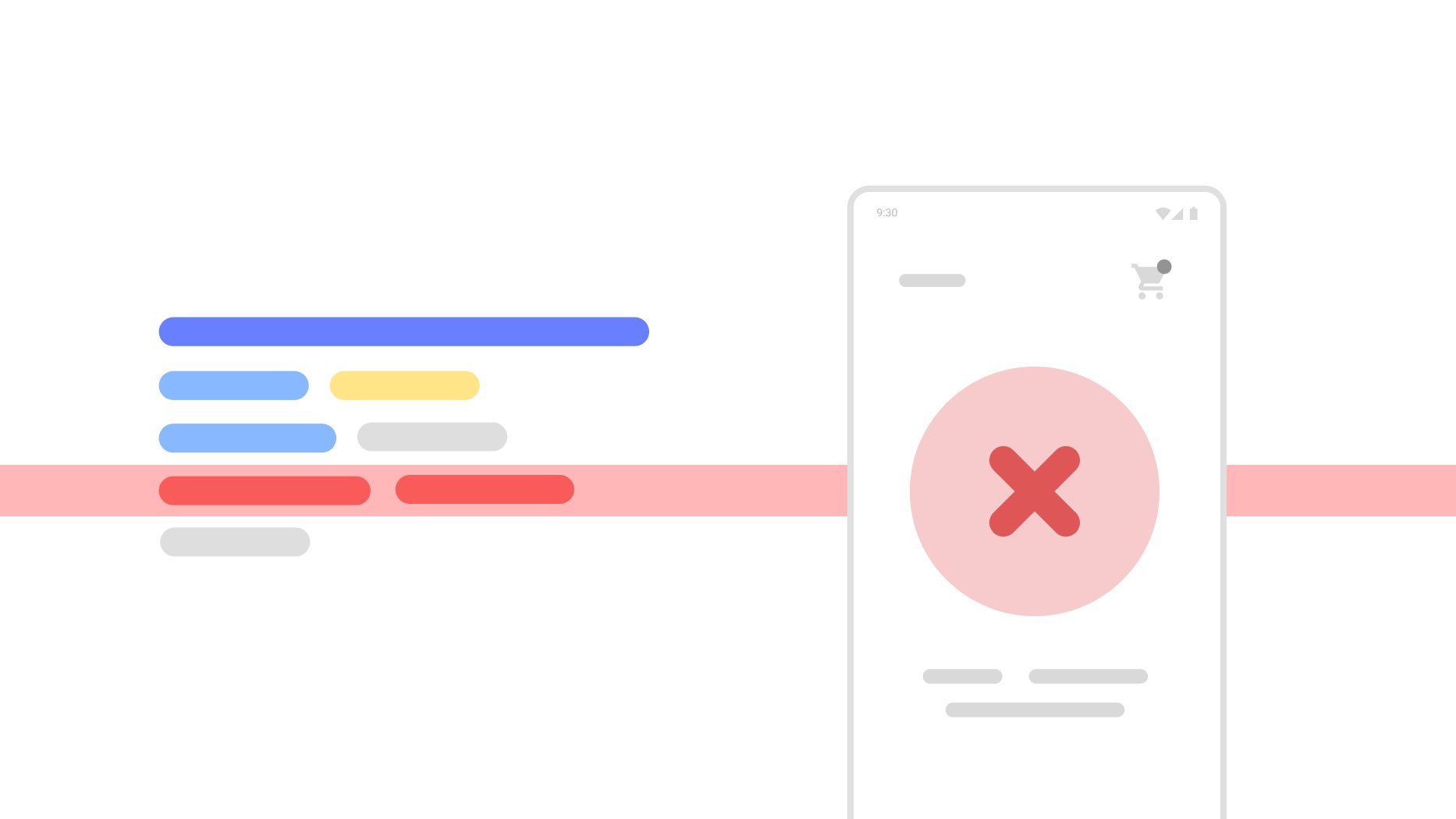
Today, hundreds of millions of people use Google Pay to securely check out when shopping with their favorite retailers in more than 180 countries. During Google I/O 2024, we shared some of the new features we’re adding to Google Pay and discussed how you can use them to offer richer and more accessible payment experiences for your customers, and improved APIs to simplify your payments integrations.
Read on for a summary of what we covered during the event, or check out the recording of our session on YouTube: Everything you need to know about Google Pay & Wallet.
We recently introduced support for “buy now, pay later”, with Affirm and Zip in the US. Industry studies have shown “buy now, pay later” leads to better customer acquisition, conversion, and retention—helping to drive your business goals.
For most merchants, "buy now, pay later" can be surfaced as an option for users right away, and you can manage the integration from the Google Pay & Wallet Console.
During last year's I/O, we introduced the dynamic Google Pay button which displays the card network and last four digits for the customer’s last used form of payment directly on the button. We have seen this context drive consistent conversion improvements with increases of up to 40% in the number of transactions.
We are upgrading the Google Pay button to include card art and the name of the issuer providing a richer and more delightful experience for your users, and we will extend this dynamic experience to non-button UI implementations, providing important context everywhere Google Pay is offered. These changes will begin rolling out in the US later this year.

We are also adding dynamic copy to various Google Pay button types on the Web. This feature displays user card identifying information such as the last four digits of the card number on the button surface.
Google Pay offers merchants zero fraud liability for eligible transactions by leveraging the security capabilities of leading payment networks. We have broadened this benefit by rolling out merchant liability shift for eligible Visa online transactions using Google Pay. Enabling this liability shift is quick and easy in the Google Pay & Wallet Console.

We are always building new ways to make the experience of integrating with Google Pay better for you as part of our commitment to bring you a safe, helpful payments platform, with a great developer experience.
The Google Pay button now supports the preview feature in the Jetpack Compose. This feature allows you to effortlessly experiment with various button types, styles, and placements during development without needing to compile and run your application on an Android device. To start using it, simply add the @Preview annotation to your composable holding the PayButton view in your layout.
Last year, we announced PSP test cards, an upgrade to Google Pay’s test suite that allowed you to validate comprehensive payment flows, including successful and failed transactions due to fraud, declines, insufficient funds and more.
We are now extending the test card suite to support device bound tokens, and offer a fundamental testing path to make your tests more holistic.
Of course, not everything runs smoothly in software development. To help with this, you'll now see more descriptive error messages returned by the API. This will make it easier for you to understand and debug issues in your apps. Additionally, when making payments with Google Pay, you’ll be able to better inform your users about transient errors that may occur during the payment process.

Take a look at the documentation to start integrating Google Pay today.
Learn more about the integration by taking a look at our sample open source application in GitHub.
When you are ready, head over to the Google Pay & Wallet Console and submit your integration for production access.